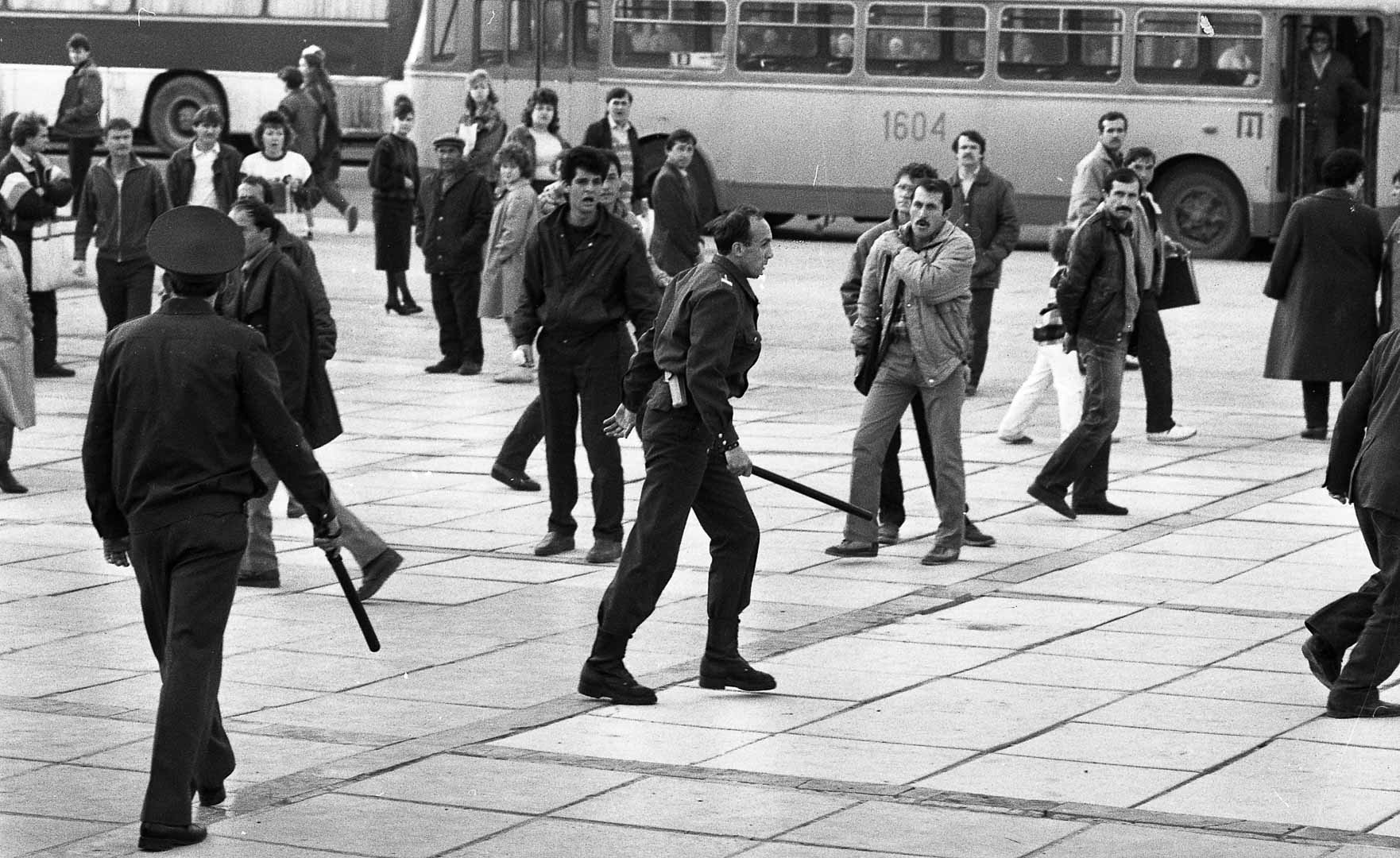Meskhetian Turks are a subgroup of ethnic Turkish people formerly inhabiting the Meskheti region of Georgia, along the border with Turkey, who were forcibly deported by Stalin to Central Asia in 1944.
Local historians note that Crimean Tatars have been trying to return since the 1950s and have counted several waves since then. Still, to a greater extent, the return occurred precisely during the late 1980s, most significantly in 1987-1989.
For example, on March 6, 2023, relised the National Commission for the Crimean Tatar Language that will work on Crimean Tatar orthography to popularise culture and launguage.
